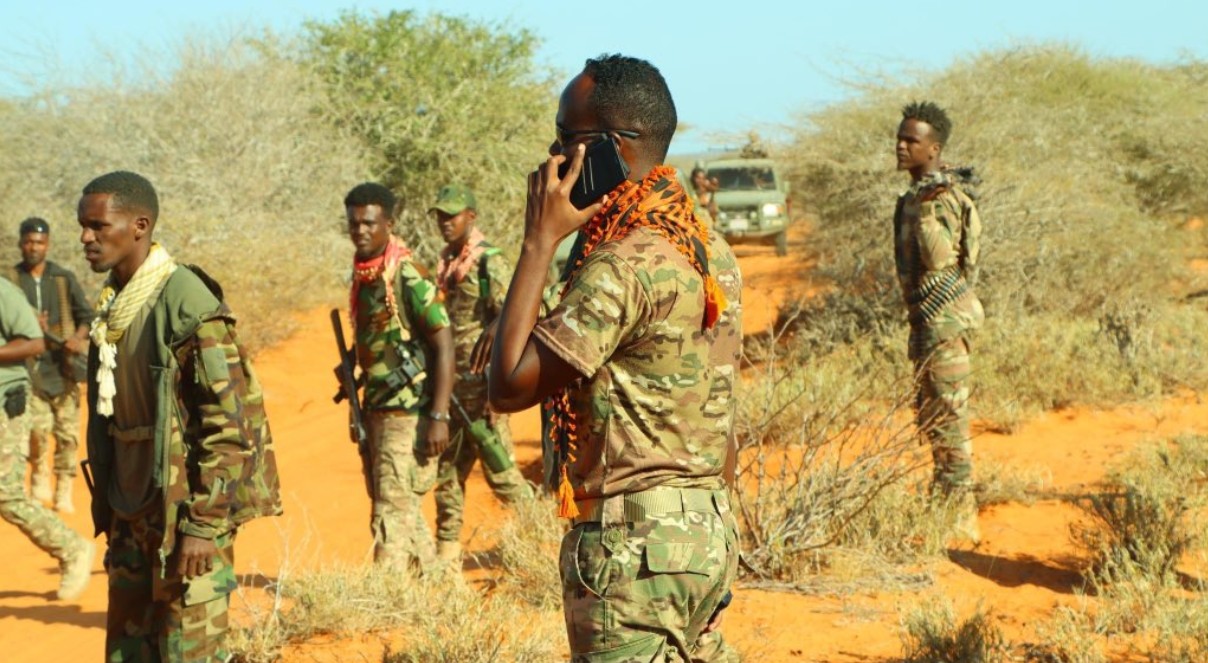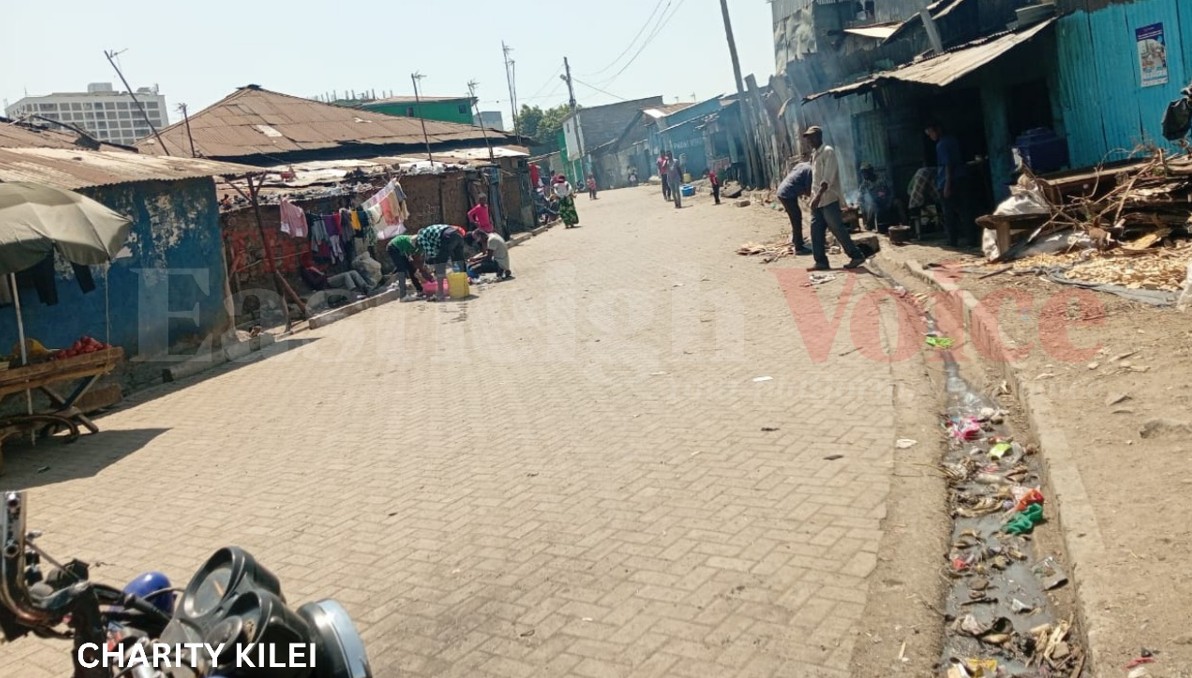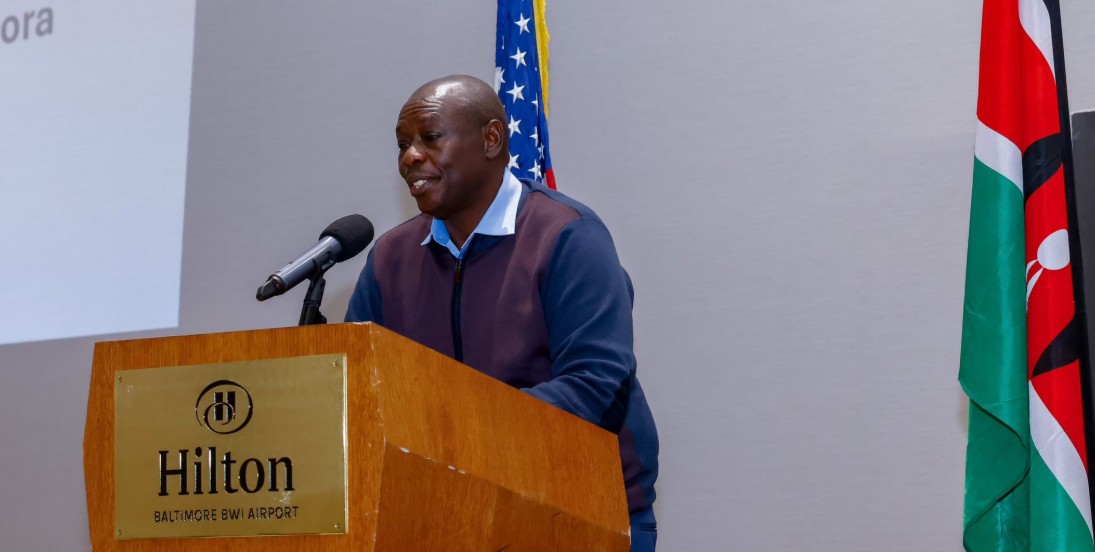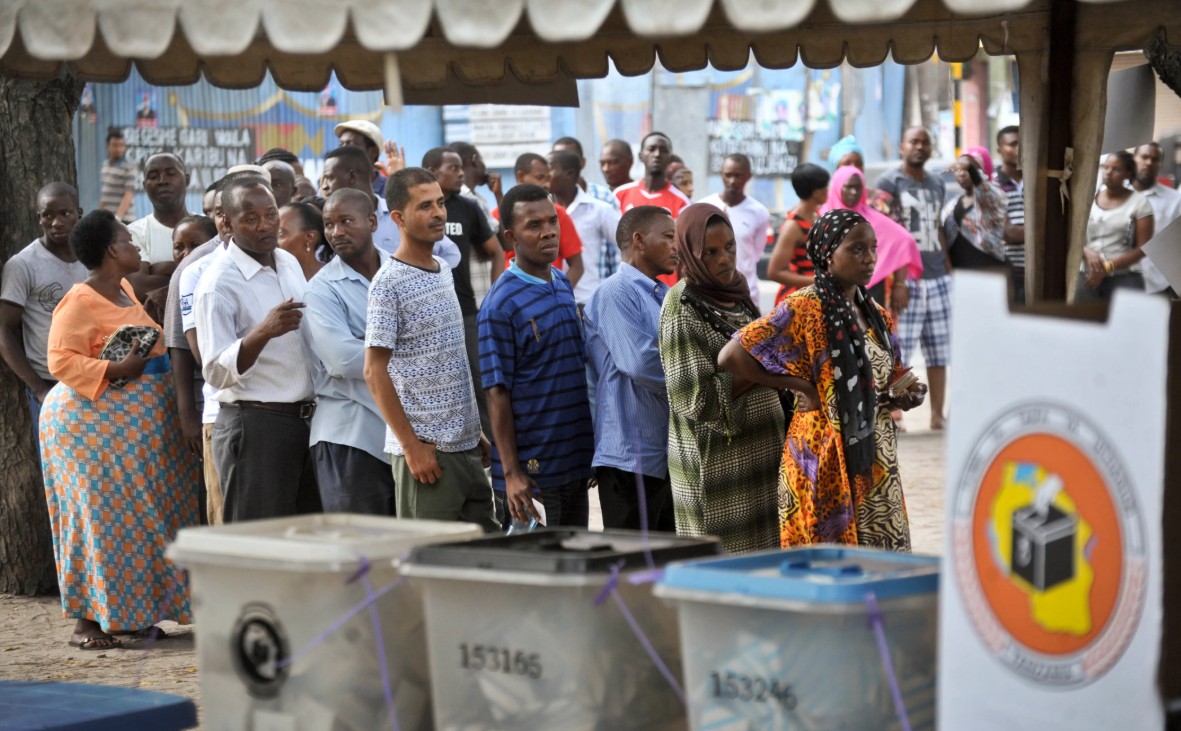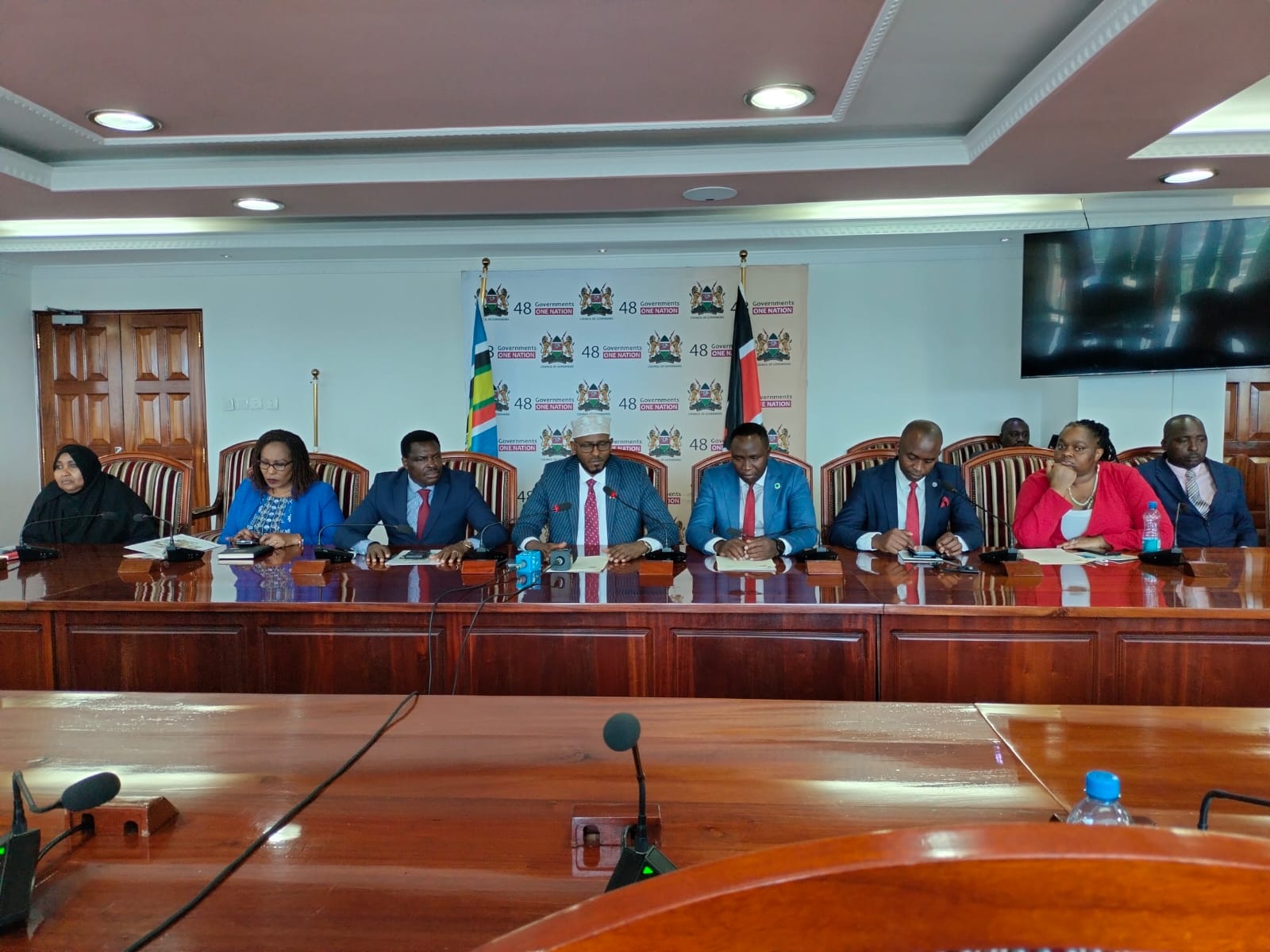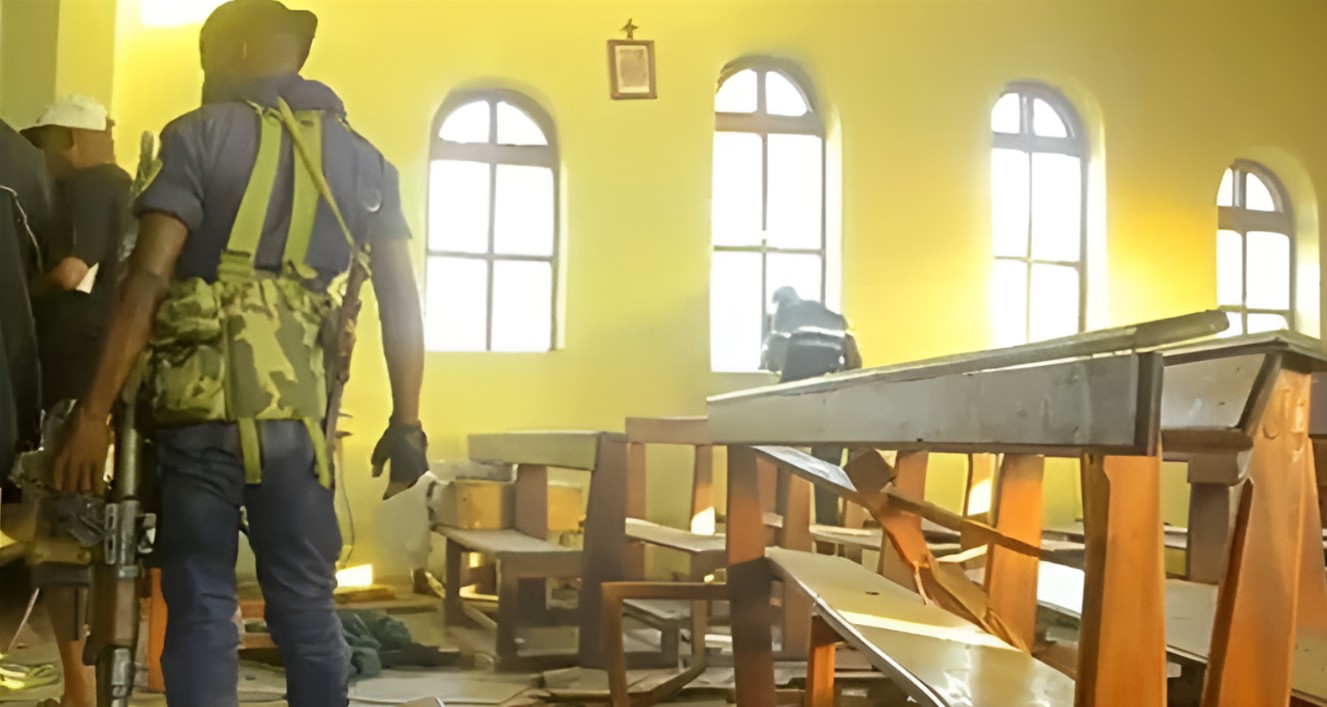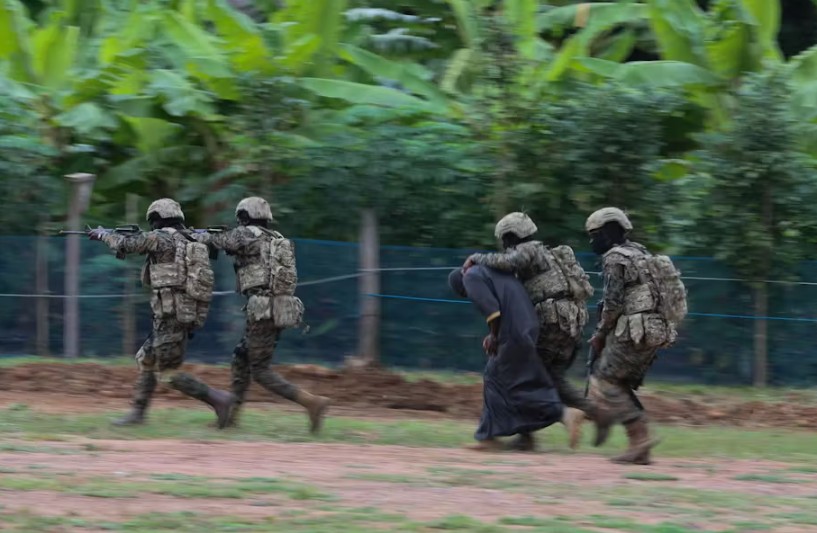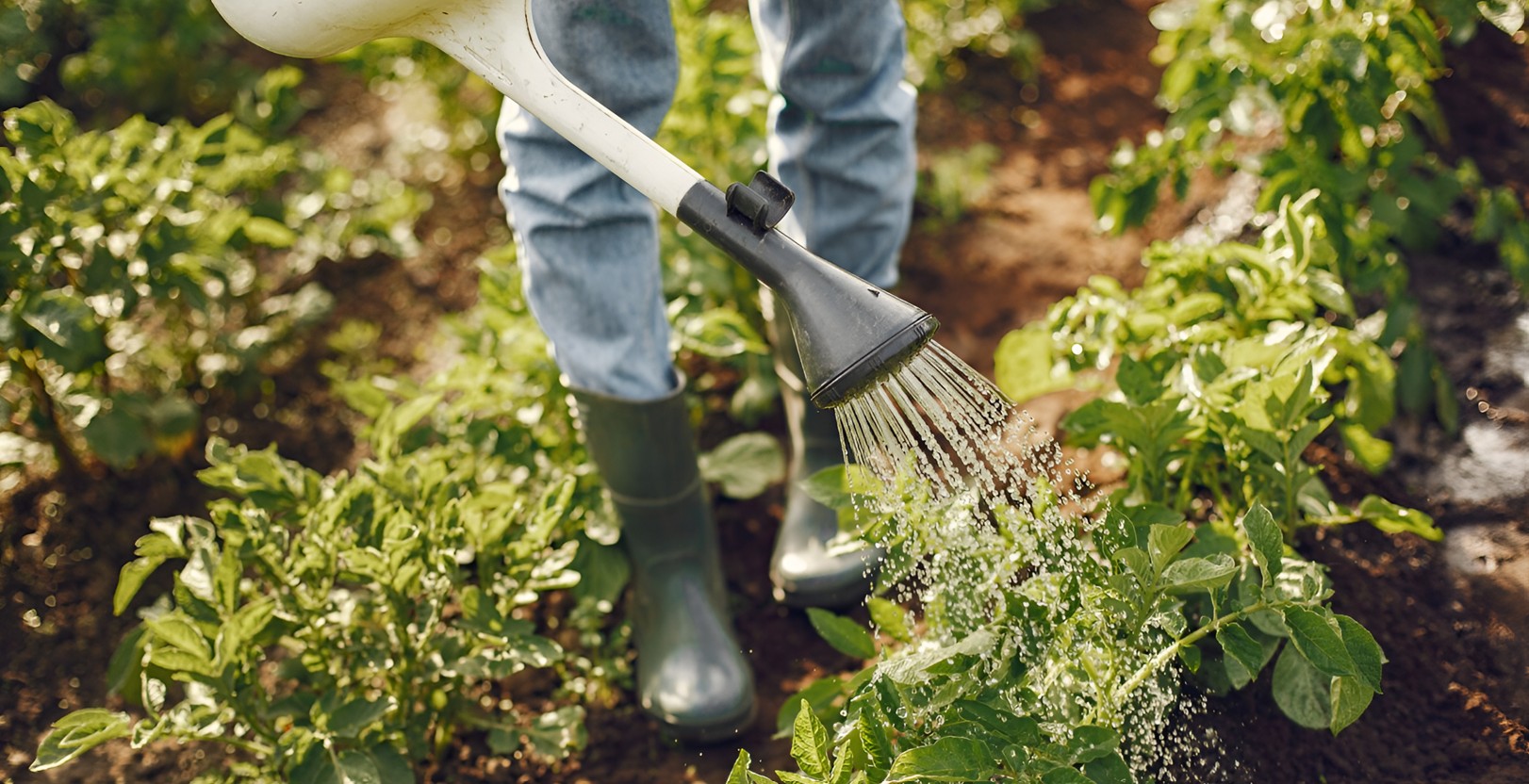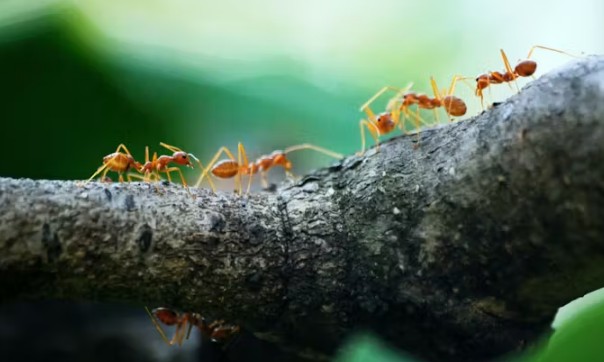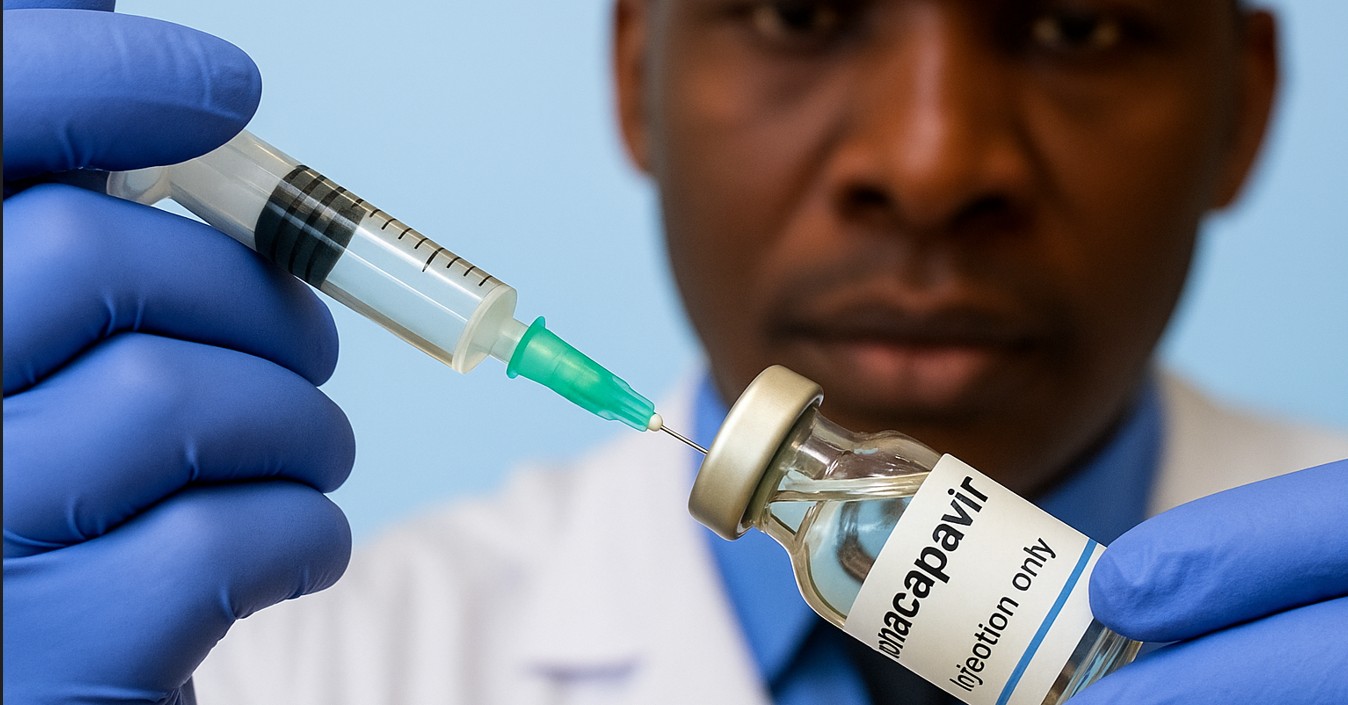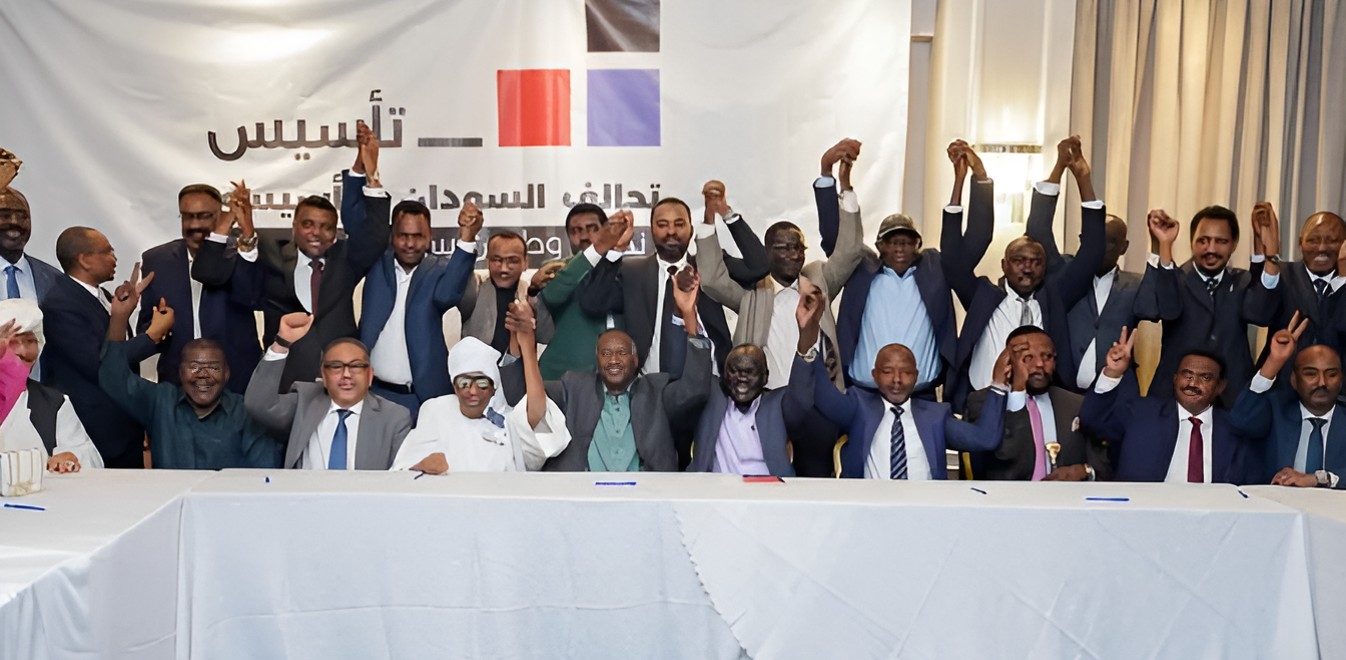Somali culture, wildlife and hospitality draw tourists to Garissa’s Bulla Adey village
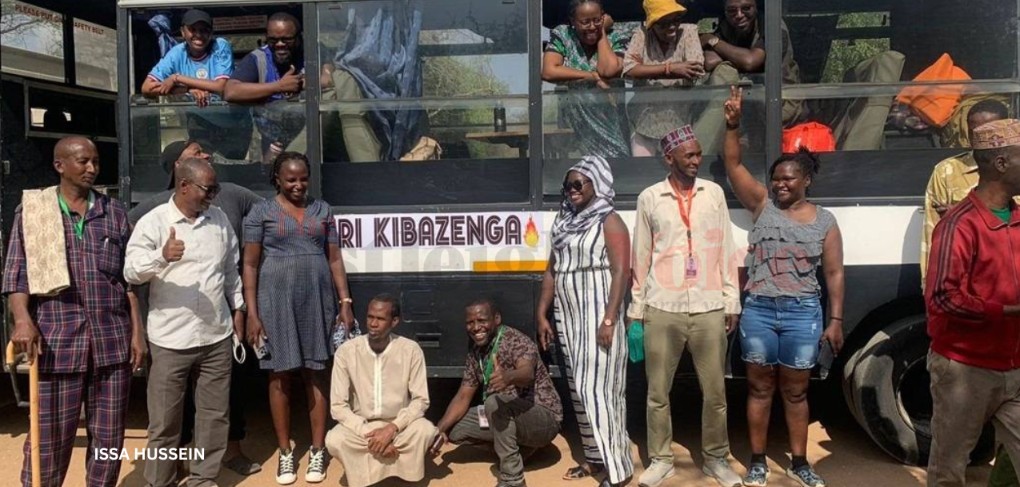
The village, previously untouched by tourism, is now beginning to attract travellers seeking authenticity and willing to brave the area’s harsh weather in exchange for rare and memorable encounters.
Bulla Adey village, 25km from Garissa town, came alive with traditional songs and dances as jubilant residents welcomed a group of domestic tourists from Nairobi. These early explorers, drawn by curiosity and a passion for unique experiences, ventured into the relatively uncharted region of Garissa County, once avoided due to perceptions of insecurity.
The village, previously untouched by tourism, is now beginning to attract travellers seeking authenticity and willing to brave the area’s harsh weather in exchange for rare and memorable encounters.
More To Read
- Garissa unveils irrigation policy to boost food security, climate resilience and economic growth
- Garissa artisans equipped for housing project roles in youth job creation push
- Traders at Garissa’s Soko Mugdi market rise from ashes again as state plans modern upgrade
- Two dead in Garissa after IED blast along Ijara–Bodhai Road
- Police probe shooting of trader found dead in stalled car in Dadaab
- KWS proposes first park fee hike in 18 years to bridge Sh12 billion conservation funding gap
The arrival of visitors marks a significant moment for the community and signals the potential opening of the region to Kenya’s broader tourism sector.
With a mix of excitement and reflection, Mohamed Hassan, a village elder, described the day as unlike any other in the quiet settlement, which typically stirs only when livestock are driven out to graze or return home.
“We are happy to receive you. Apart from government workers and NGO field officers, we have never received visitors before. We have heard of tourists before, but here you are today. It’s time to build trust, foster a sense of connection, and we are ready to showcase our unique culture and hospitality to you,” he told the visitors.
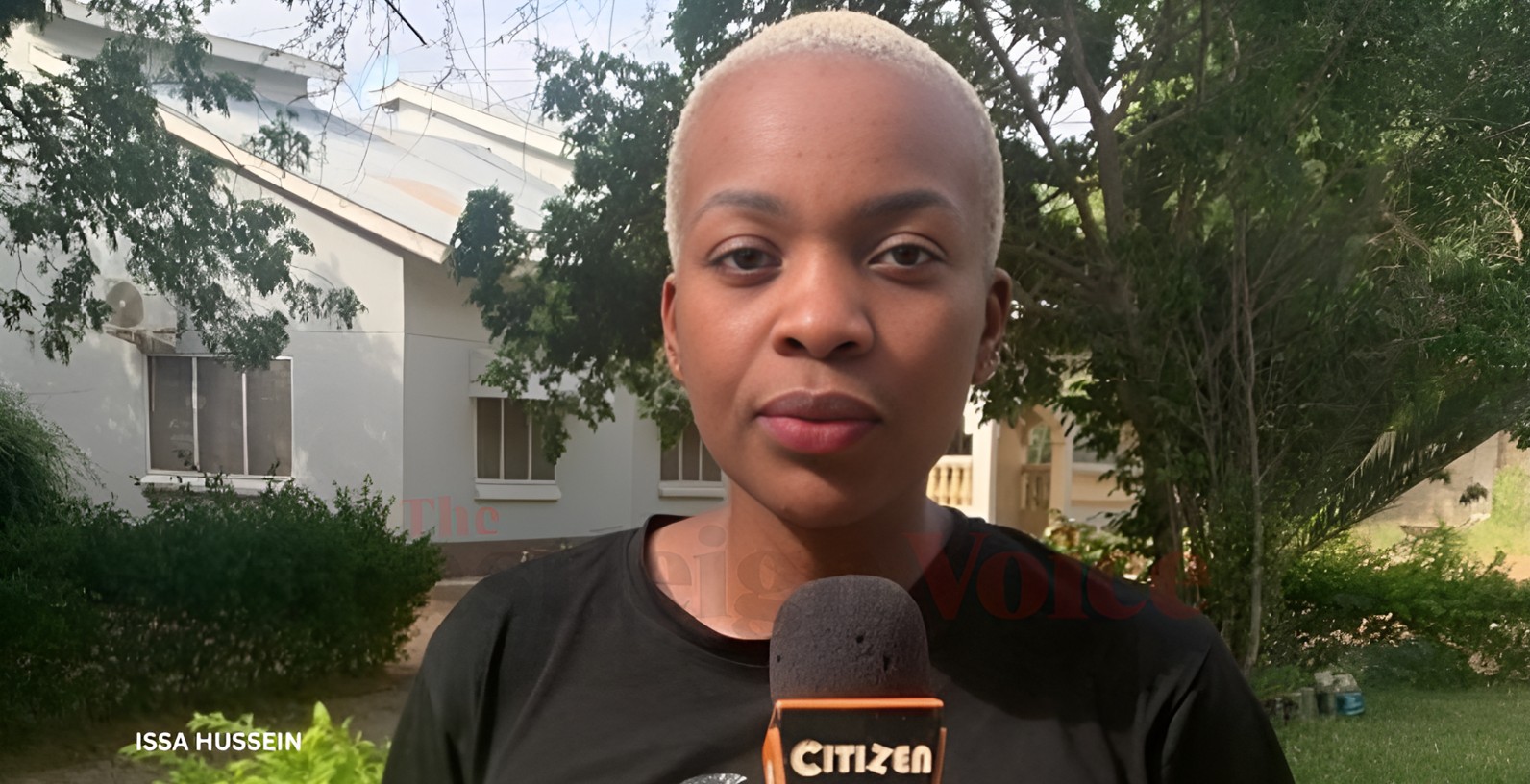 Mukami Gitonga, a local tourist from Nairobi who visited Garissa’s Bulla Adey village. (Photo: Issa Hussein)
Mukami Gitonga, a local tourist from Nairobi who visited Garissa’s Bulla Adey village. (Photo: Issa Hussein)
Local conservation efforts
Hassan explained that the community has been actively involved in local conservation efforts and has been sensitised about the opportunities that come with tourism, including showcasing their customs, culture, and natural environment.
He applauded the group for their adventurous spirit and for being the first to arrive before the area becomes a mainstream destination.
“You will ever be in our memory in this historic moment, where you have decided to be the first tourists to visit us,” he added, before leading the visitors through traditional dances and showing them a newly set-up Somali collapsible hut, complete with handcrafted wooden artefacts.
Moses Owiti from Bazenga Safaris, who led the group, joined the villagers in the energetic dances, which featured rhythmic clapping, foot stamping, and colourful attire.
“We need to break the common habits of paying regular visits to the usual tourist sites in our country. Today we learnt a lot, including the rich Somali culture, traditional dances, artefacts, the collapsible herio hut, the beauty of River Tana and its lush thickets, boat rides, many reticulated giraffes, and herds of camels,” he said.
Owiti added that their experience in Garissa challenged previously held assumptions about insecurity and unwelcoming communities.
He first learned about Garissa’s tourism potential through the Garissa County Ecotourism and Conservation Group (GCEGA), a local organisation promoting ecotourism and a member of Ecotourism Kenya.
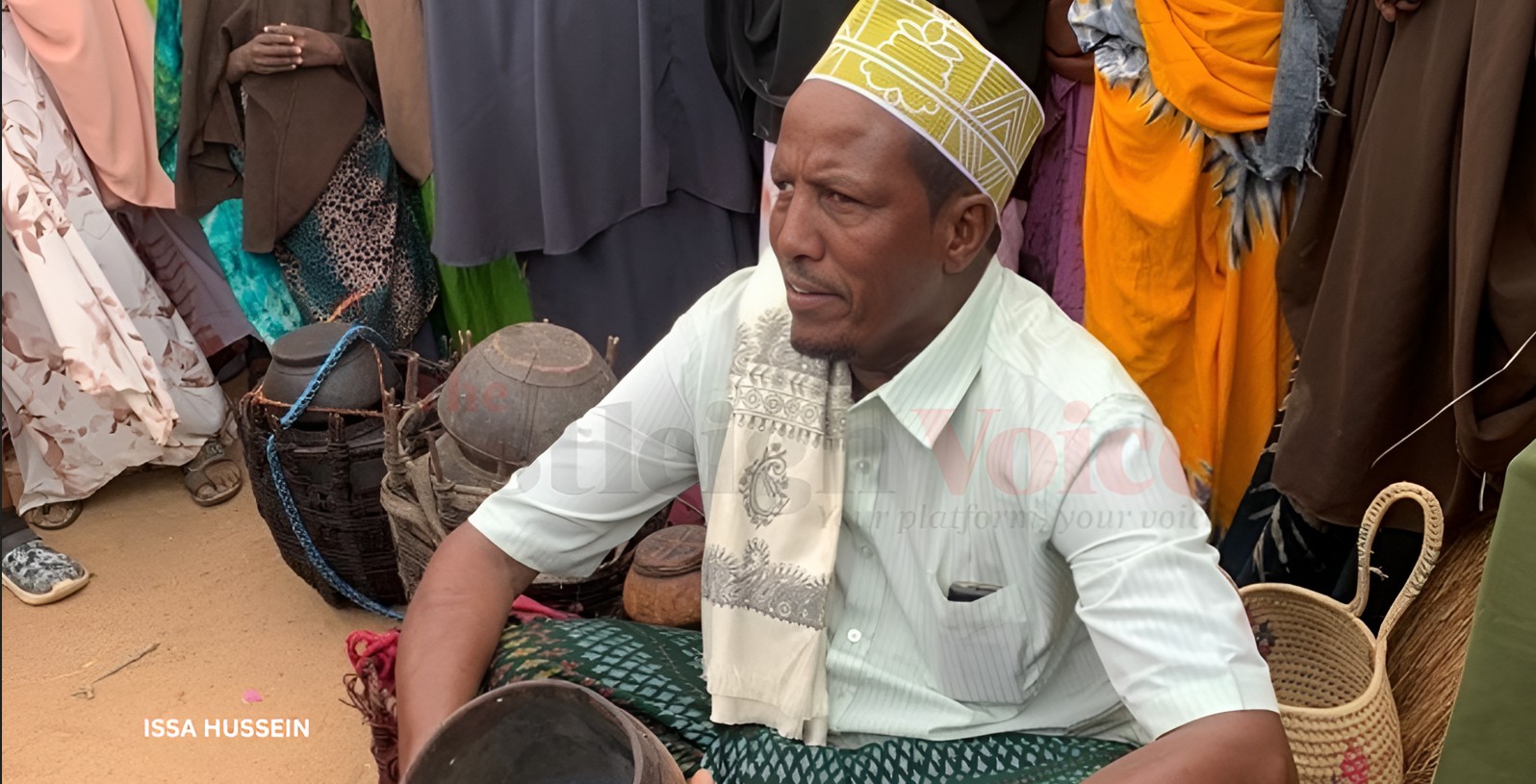 Mohamed Hassan, a community elder in Bulla Adey, explains Somali cultural artifacts to visiting tourists. (Photo: Issa Hussein)
Mohamed Hassan, a community elder in Bulla Adey, explains Somali cultural artifacts to visiting tourists. (Photo: Issa Hussein)
Other Topics To Read
Anxious to visit
“Many safari companies fear taking tourists to Garissa due to the threat of terror attacks, but we decided to take the risk and explore the attractions here. We have more visitors—both foreign and local—who are anxious to visit. We’ll now offer them the opportunity to come once we return and share our experience,” he said.
Joe Odeny also shared his excitement over the community interactions, cultural performances, camping, and bonfire at the Bulla Iftin campsite, as well as visits to giraffe conservancies.
“It is a pretty adventure. We will share with many Kenyans the untold stories of Garissa County. Many are being held back by fear of insecurity,” he said.
Mukami Gitonga, another visitor, said the boat ride, rich cultural heritage, and abundant flora and fauna have inspired her to return.
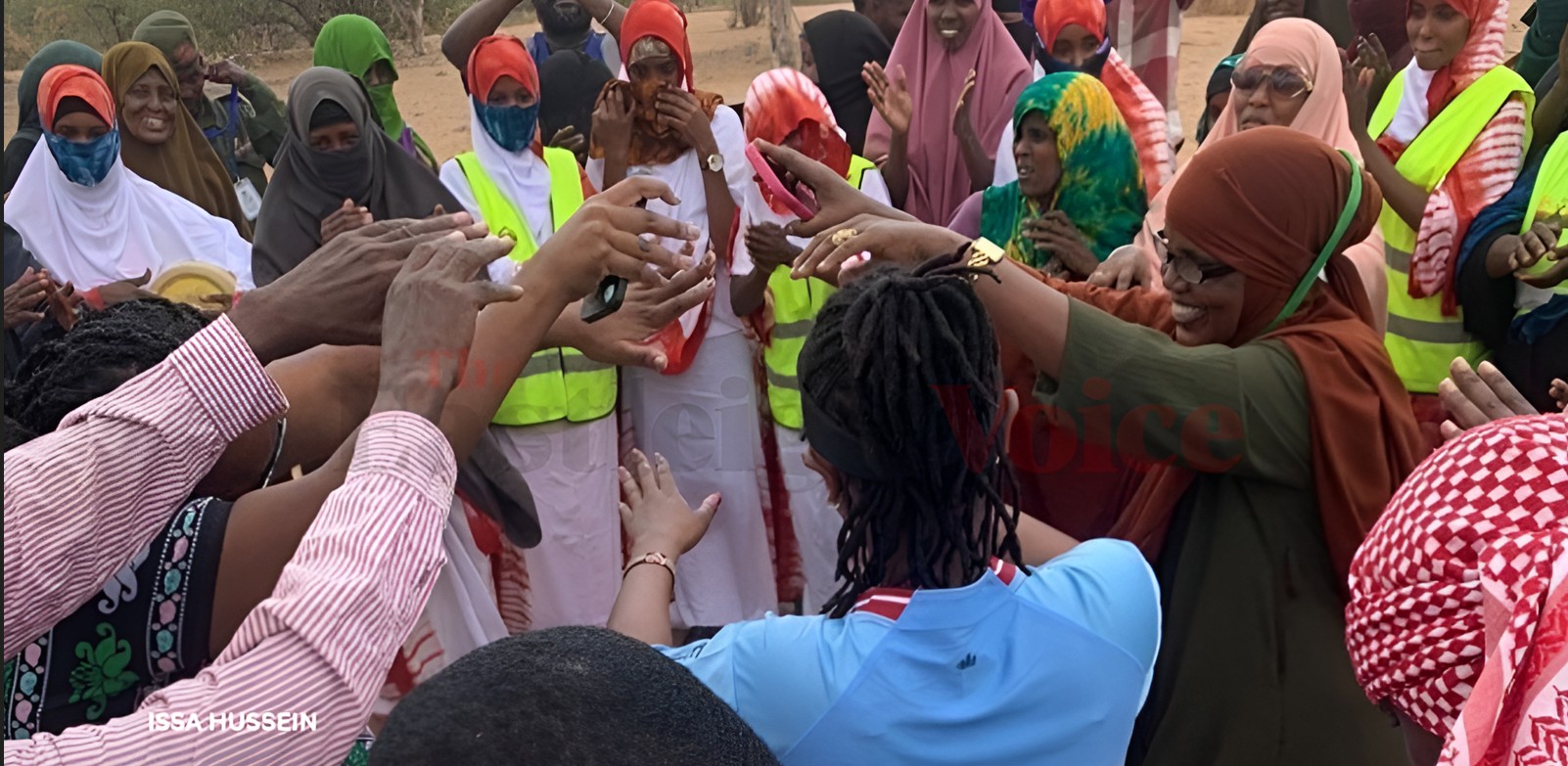 Bulla Adey village residents and visiting tourists perform the traditional Somali Diisow dance together. (Photo: Issa Hussein)
Bulla Adey village residents and visiting tourists perform the traditional Somali Diisow dance together. (Photo: Issa Hussein)
Authentic and immersive experiences
She encouraged both local and international tourists looking for authentic and immersive experiences to visit Garissa’s unique attractions.
Abdi Ibrahim, chairperson of GCEGA—which began as a community-based organisation and was launched in May 2024—said they are affiliated with more than 20 community conservancies in Garissa County. He expressed satisfaction with the arrival of the group.
“This is the first batch of tourists we have ever received. We are happy, and they will go back to share their unique experiences. We expect more local and foreign tourists to visit the region,” he said.
Ibrahim called on both the county and national governments to support efforts to market the region’s ecotourism and wildlife conservation potential. He emphasised that they are working hard to change the narrative that the region is unsafe for visitors.
Garissa Kenya Wildlife Service (KWS) Senior Warden Jacob Ilo Orahle, who welcomed the group at the KWS camp in Garissa, also commended their visit.
“Enjoy your stay, and you will learn a lot in the region. You’re going without a security escort to realise that the perception of insecurity is for those who are distant and aloof from the reality on the ground,” he told them.
He later guided them to key tourist attractions such as the giraffe centre, cultural sites, camel herds roaming the expansive semi-arid plains, the endangered hirola (Beatragus hunteri) sanctuary at Ishaqbini, and the lush riverbanks of the River Tana—an experience he promised would leave a lasting impression.
Top Stories Today
